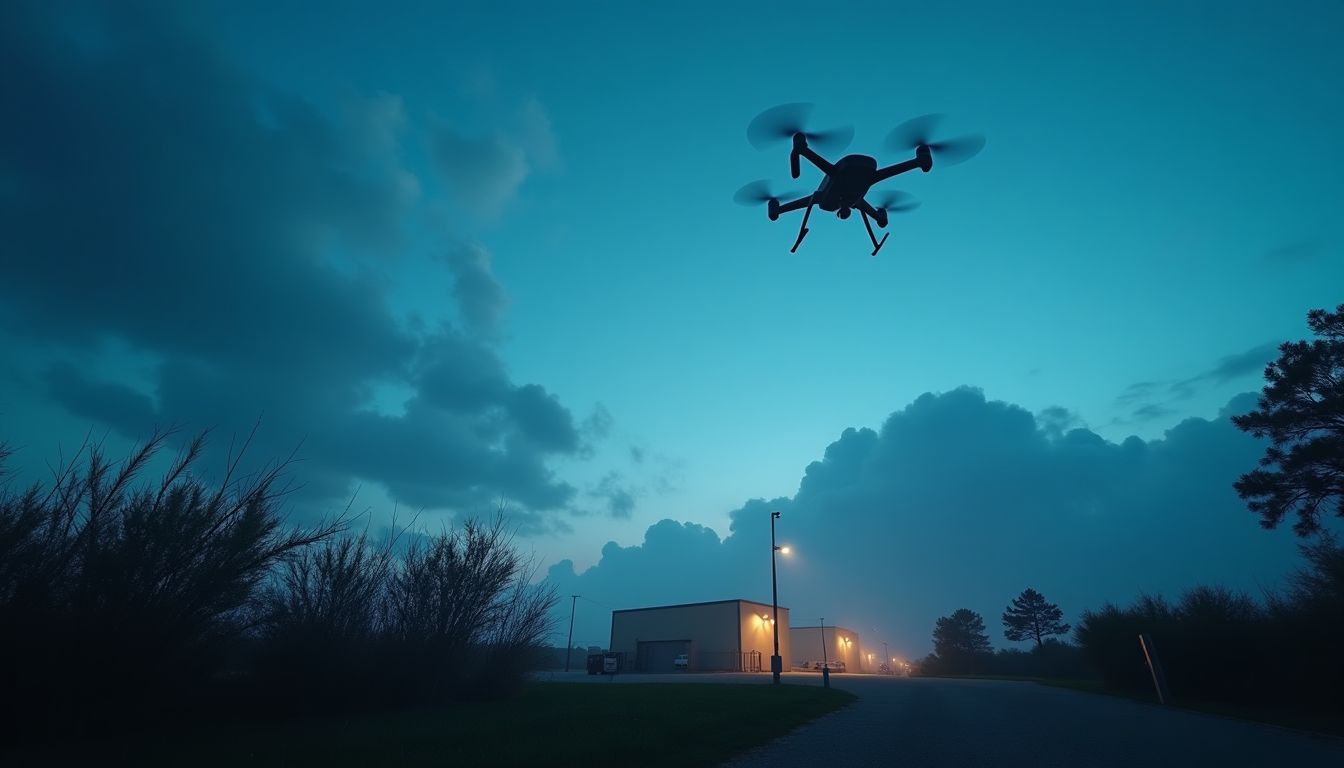Table of Contents
A concerning incident has come to light involving a Canadian retiree who recently pleaded guilty to illegally photographing classified U.S. military facilities at Cape Canaveral’s Space Force base. This case highlights growing fears about foreign surveillance, particularly as unidentified drones increasingly hover over sensitive military sites. What does this mean for national security? Let’s dive in.
Details of the Case
Xiao Guang Pan, a 71-year-old from Brampton, Ontario, admitted to three counts of unlawfully photographing military installations without authorization during early January. After pleading guilty, a U.S. District Court judge placed him on probation for a year and ordered his immediate deportation back to Canada, citing violations of U.S. espionage laws.
Pan’s troubles began when NASA detected drone activity near the Space Force Base, which prompted law enforcement to step in. Local authorities spotted Pan operating a DJI Mavic Pro 3 drone from a parking lot in Port Canaveral and reported him to federal agents. Investigators later found that Pan was using his drone to capture images and videos of sensitive military infrastructure, including launch facilities and storage areas. Can you imagine how unsettling that is for national security?
In stark contrast to his initial claims of merely photographing nature, evidence revealed that Pan had flown his drone nine times during his visit, capturing an eye-popping 1,919 photographs and videos. Among those, 243 images and 13 videos specifically targeted military installations, raising serious concerns about his true intentions.
Implications for National Security
This incident fits into a broader narrative about the risks of foreign surveillance on U.S. military bases. Lawmakers and citizens are increasingly alarmed by the rise of unidentified drones in sensitive areas, as these activities pose significant risks to national security. Unauthorized documentation of military assets can provide potential adversaries with crucial intelligence, complicating an already tense international landscape.
During questioning, federal agents found inconsistencies between Pan’s statements and the evidence from his devices. Despite being warned that lying to federal agents is a federal crime, Pan insisted he had no idea he was so close to a military installation. However, flight logs and screenshots retrieved from his phone painted a different picture, suggesting a more deliberate attempt to surveil military operations.
The investigation, involving multiple agencies like the FBI and the Department of Homeland Security, concluded with Pan surrendering his drone and other equipment to U.S. authorities. His actions not only led to legal consequences but also underscore the urgent need for stronger measures to prevent unauthorized surveillance of military facilities.
Looking Ahead: The Need for Vigilance
Xiao Guang Pan’s case serves as a wake-up call regarding the vulnerabilities that military installations face in our tech-driven age. As drone technology becomes more accessible, the potential for misuse grows, making it essential for law enforcement and military personnel to remain vigilant. What proactive steps can we take to safeguard national security?
In the upcoming months, lawmakers may need to consider new regulations surrounding drone usage, especially near sensitive sites like military bases. Public awareness campaigns about the legal implications of drone operation could also deter similar incidents in the future. After all, knowledge is power!
As we reflect on this incident, it’s clear that protecting national security is a shared responsibility. The actions of individuals like Pan not only jeopardize military operations but also contribute to a broader narrative of foreign interference that demands our urgent attention and action. Are we doing enough to safeguard our security?


